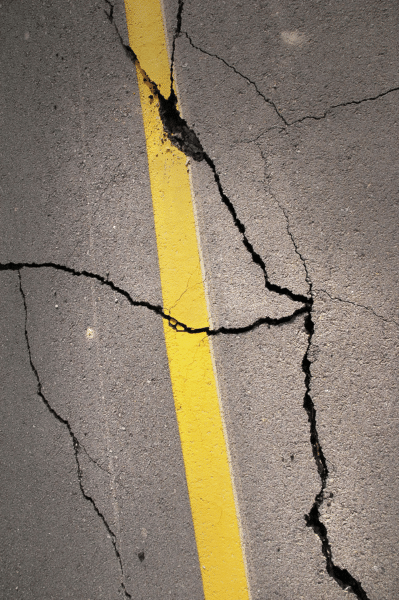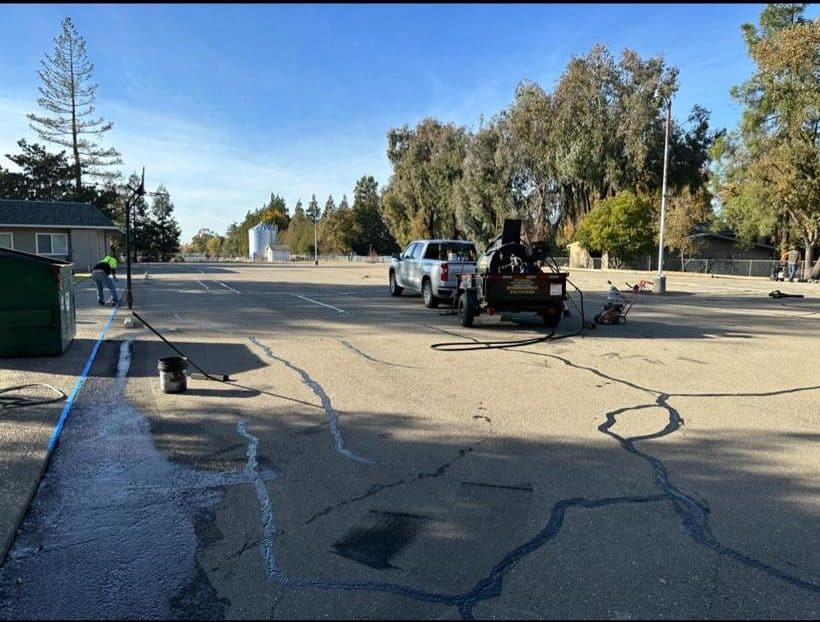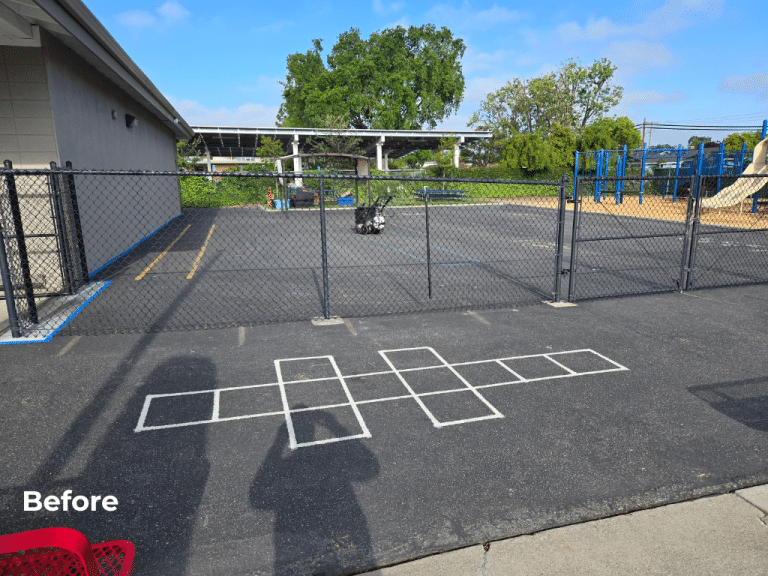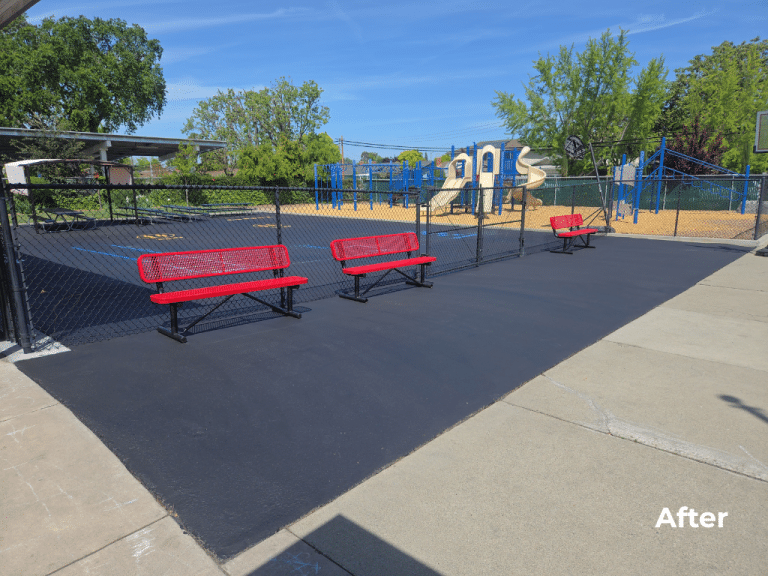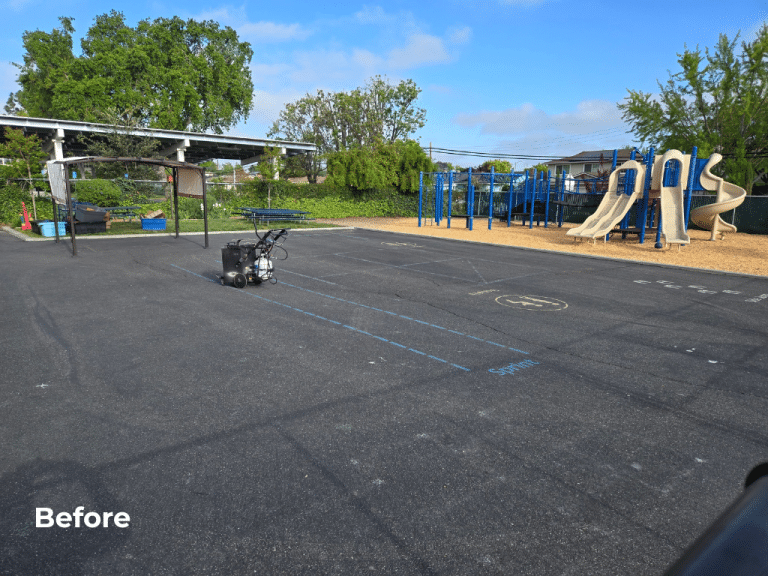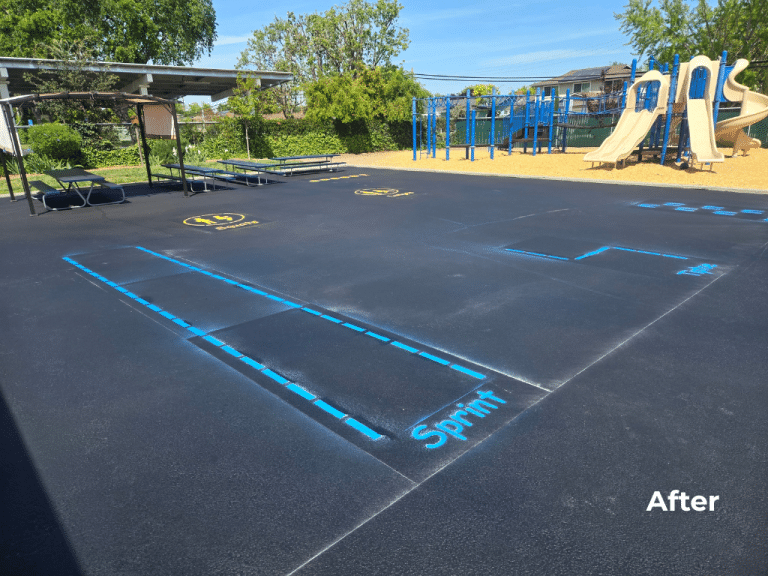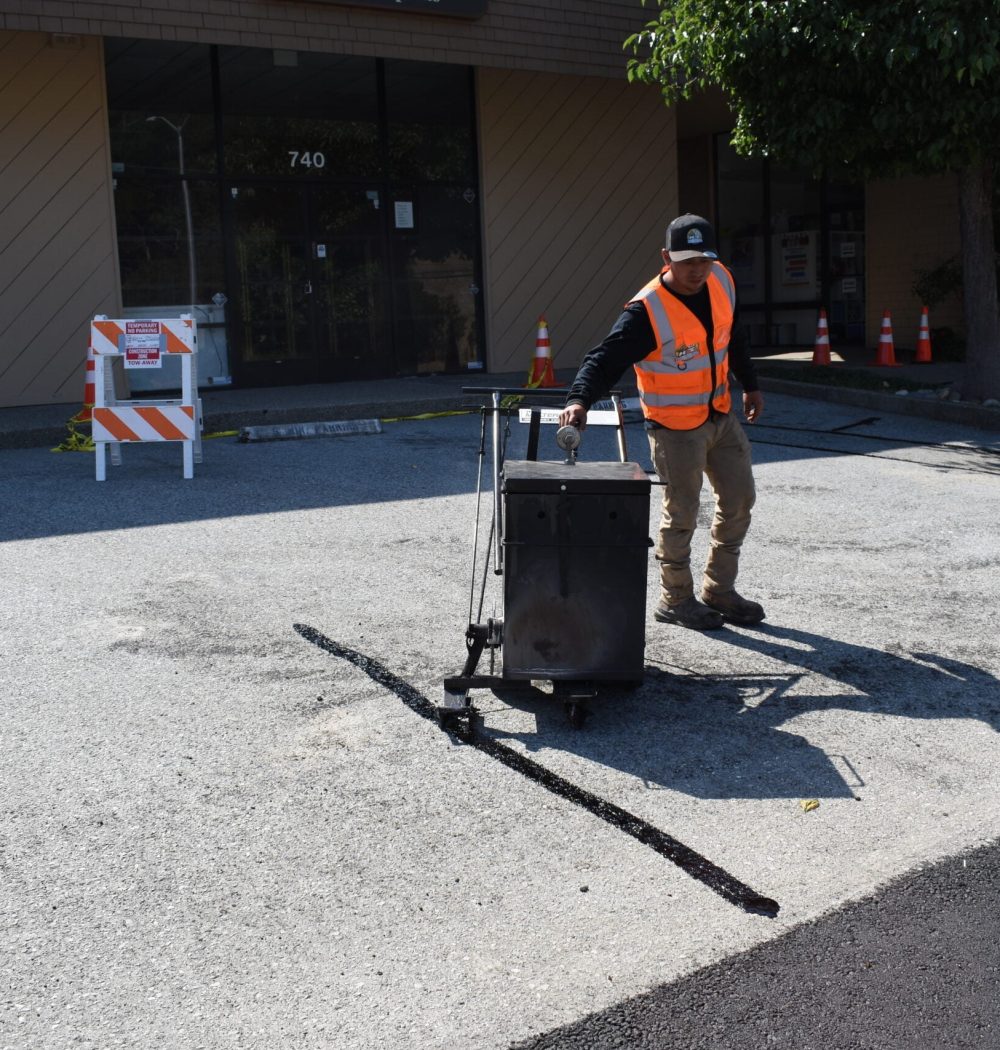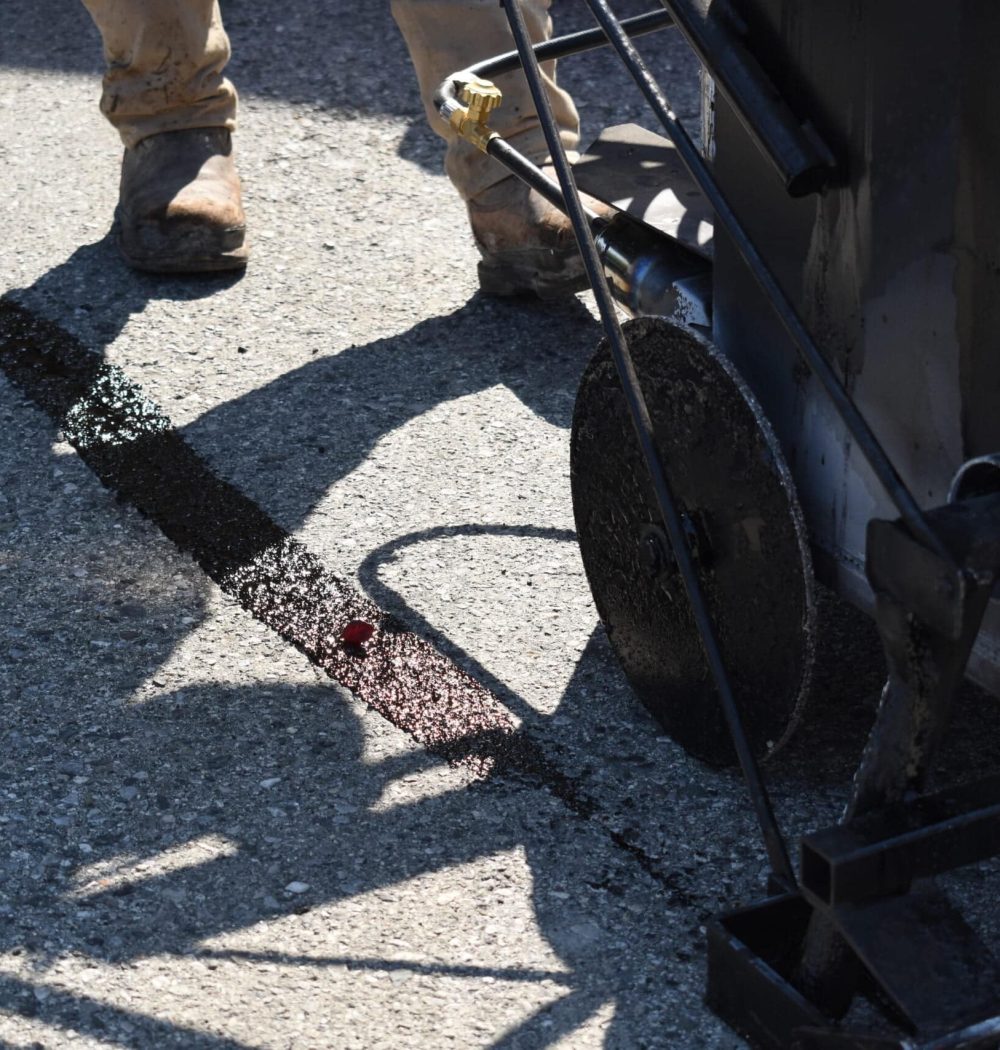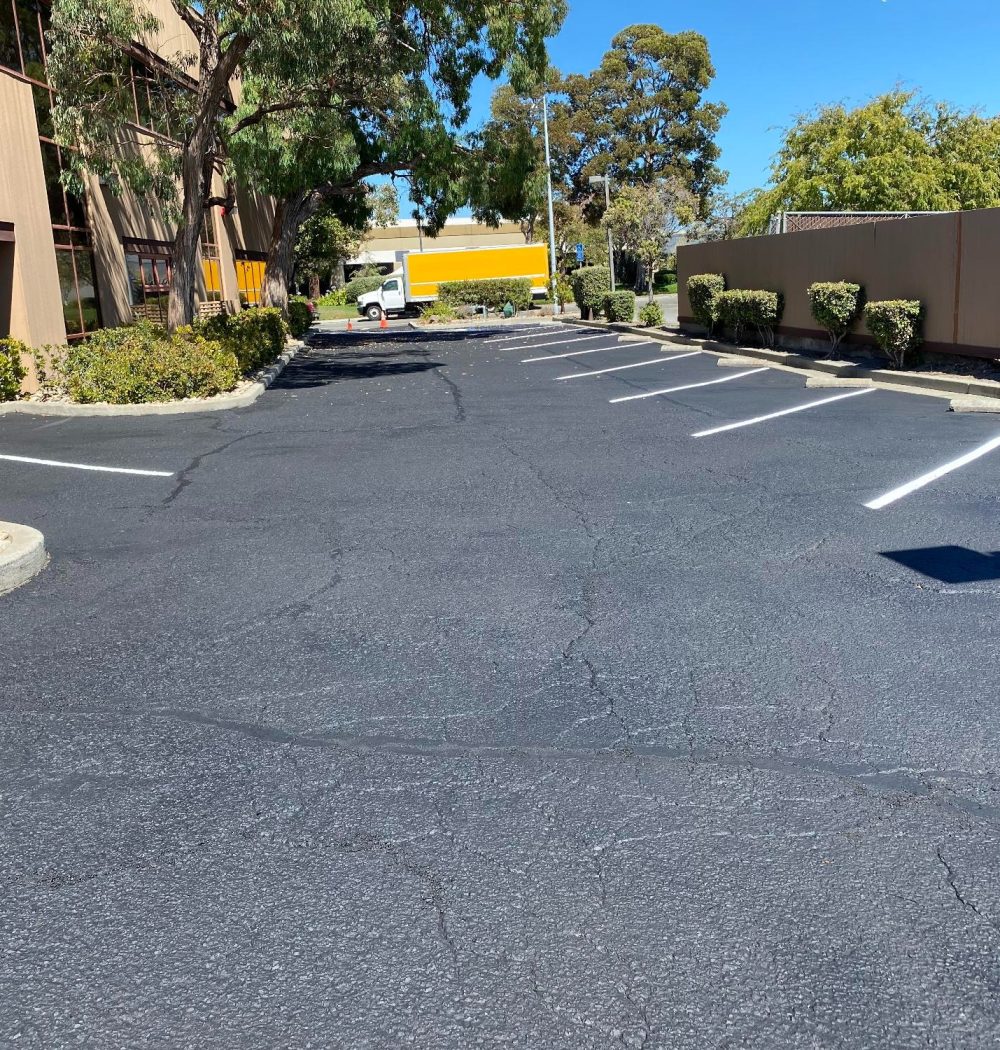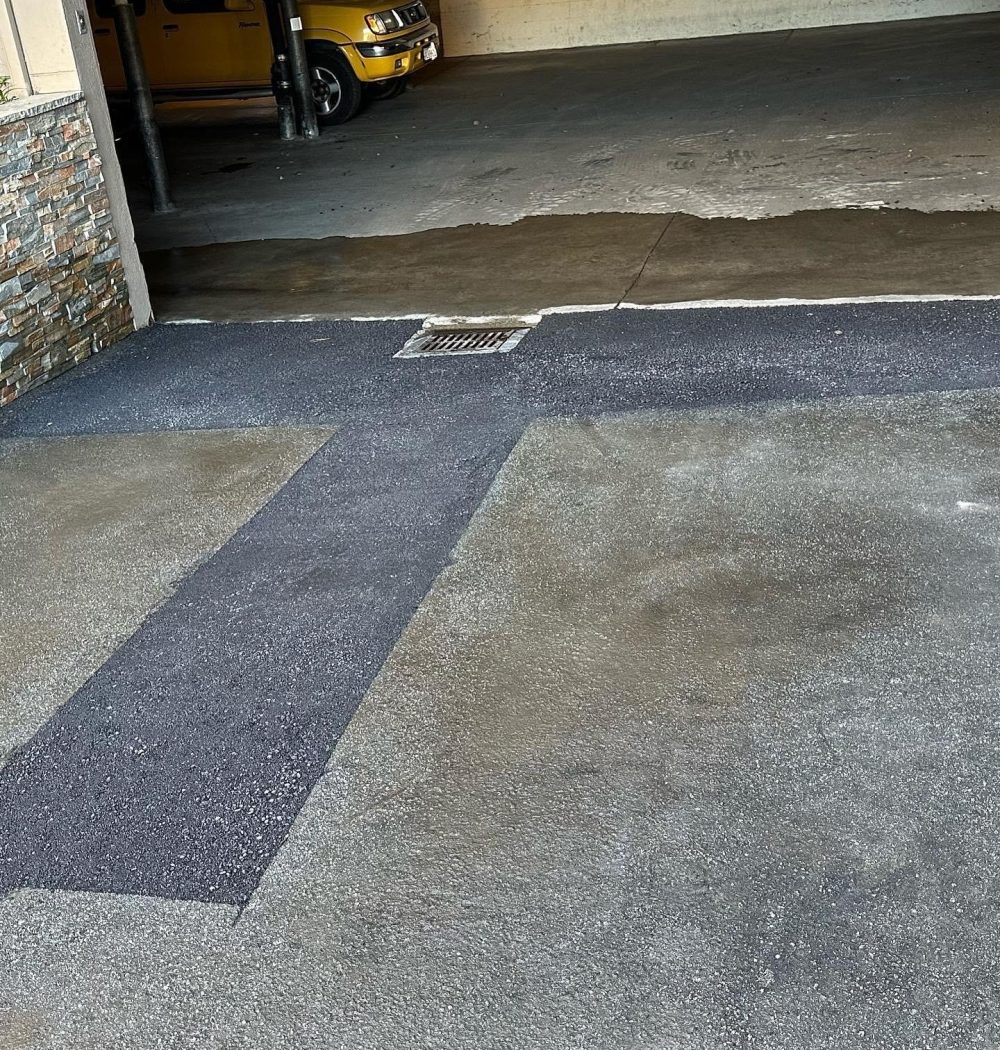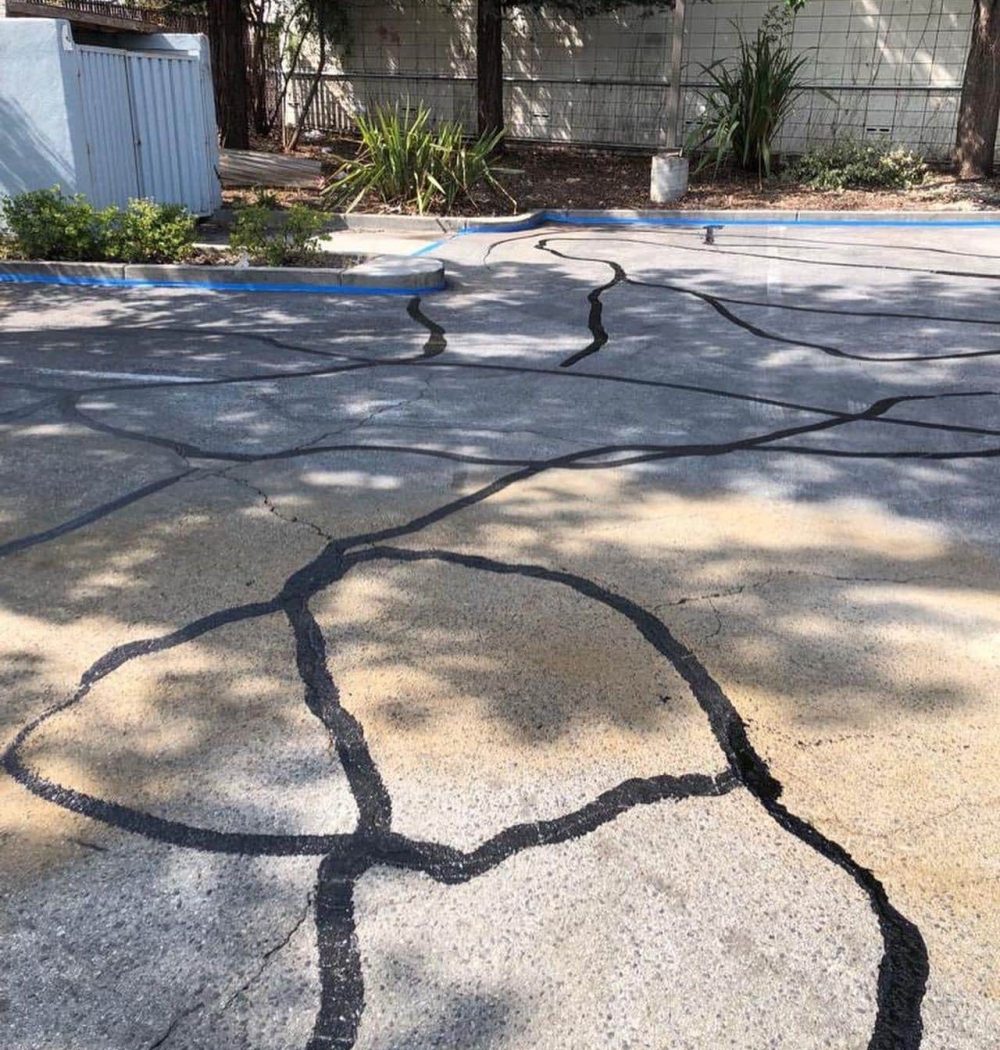Steps of crack filling
Crack filling is typically done using a sealing material, which may be an asphalt-based compound or a similar substance. The process involves the following steps:
01.
Cleaning the crack
Before applying the sealer, it’s important to clean the crack of any dirt, debris, or moisture that may be present. This ensures better adhesion of the sealer to the crack’s walls.
02.
Preparation of the sealer
The sealing material is prepared according to the manufacturer’s specifications. It can be in liquid form or solid form, depending on the type of sealer used.
03.
Application of the sealer
The sealer is poured or applied into the crack to fill it completely. It can be applied hot or cold, depending on the type of sealer and the surface conditions.
04.
Compaction and smoothing
After applying the sealer, a suitable tool, such as a trowel or squeegee, may be used to compact the material and smooth the surface. This ensures that the sealer adheres well and that the crack is level with the surrounding surface

